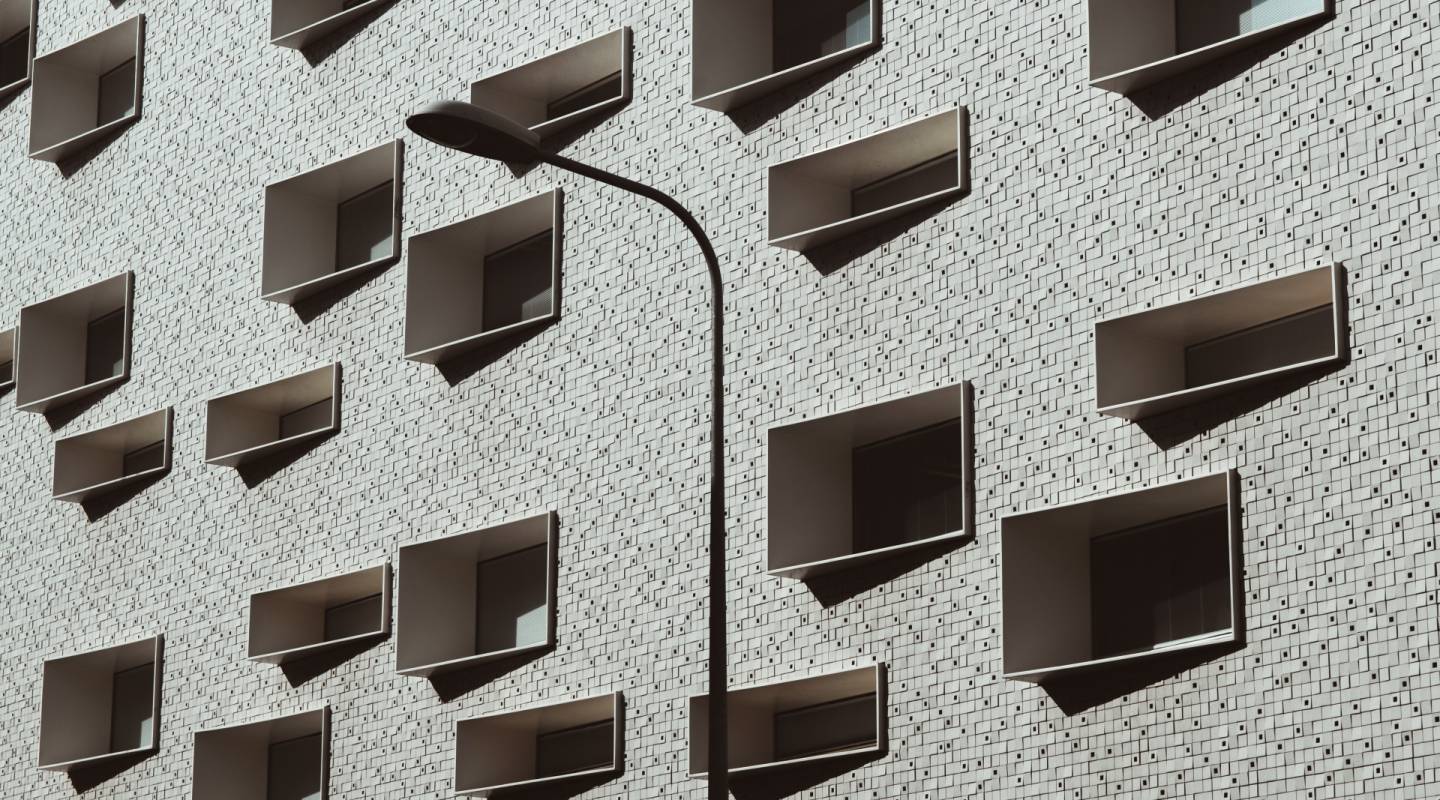
Germany
Capital city — Berlin
Latest updates
-
-
The Sicherungsverwahrte from Rosdorf prison (Göttingen) struggle to access therapy centres for their reintegration. According to the Federal Constitutional Court, the aim of the special detention scheme for the Sicherungsverwahrte must be the reintegration of prisoners. A prisoner condemns the lack of coherence on the part of the prison administration in this regard.
See the column, “Persons sentenced to long-term imprisonment” for more info on Sicherungsverwahrte.
The prison service allows access to Internet
in some states
Internet use in prison is debated. Pilot projects are run to allow prisoners to access employment agencies and one probation assistance website. This is the case in the state of Thuringia. All other websites are blocked.
-
The Sicherungsverwahrte from Rosdorf prison (Göttingen) are rallying for provision of internet access. They have access to seven websites. These sites are censored.
Prisoners have access to a television
yes, rented
-
The Sicherungsverwahrte from Rosdorf prison (Göttingen) lost the right to keep pornographic books and DVDs in September 2017. They can no longer record TV programmes. They can watch repeat broadcast for three days.
See “Persons sentenced to long-term imprisonment” column for more info on Sicherungsverwahrte.
Prisoners are paid for their work
yes
More than half the salary is deposited in a savings account. This aims to facilitate life after release. Where appropriate, one part is intended for the civil parties. The prisoner is free to have the remainder.
-
Prisoners from Rosdorf prison (Göttingen) contacted the Knast-Soligruppe Göttigen support group by mail. They spoke out about their working conditions, which according to them are unfavourable. Prisoners receive the main part of their salary upon release. The cash allocated to the Sicherungsverwahrte is replaced by vouchers.
See the column “Persons sentenced to long-term imprisonment” for more info on Sicherungsverwahrte.